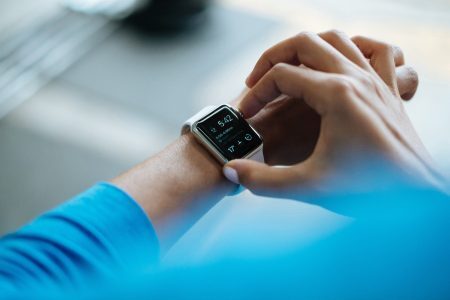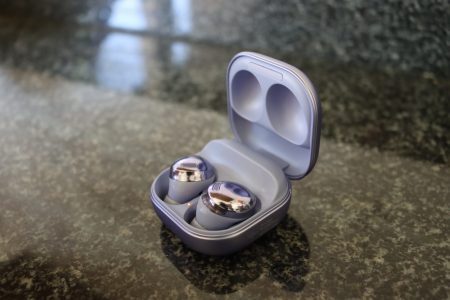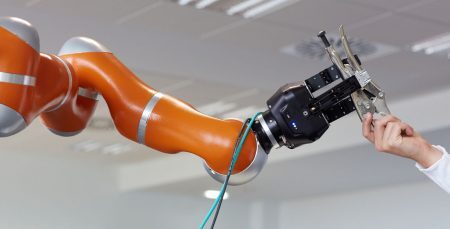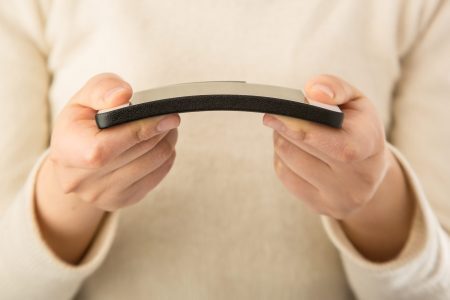The TV show Star Trek: The Next Generation introduced millions of people to the idea of a holodeck: an immersive,…
Search Results: wearable electronics (30)
Hearables are wireless smart micro-computers with artificial intelligence that incorporate both speakers and microphones. They fit in the ears and…
An estimated 73.4 million people will be using wearable technologies in the United States by 2022. Wearables are smart electronics that can…
When you think of micro- or nanotechnology, you likely think of small electronics like your phone, a tiny robot or…
Samsung magically turned out a bunch of awesome audio tech (starting at about the same time they bought an awesome…
In the sci-fi novel “The Diamond Age” by Neal Stephenson, body art has evolved into “constantly shifting mediatronic tattoos” – in-skin displays…
There are a whole lot of things we miss as a result of lockdown. Sitting down somewhere while someone else…
Robots used to be restricted to heavy lifting or fine detail work in factories. Now Boston Dynamics’ nimble four-legged robot, Spot, is available for companies to lease to carry out various real-world jobs, a sign of just how common interactions between humans and machines have become in recent years.
Imagine the day when you’ll unroll or unfold your smartphone to answer it. If things go to plan, this day may be sooner than you think. And we’re not just talking flip-phones here, but smartphones where the actual screens are flexible, not just the handset.
Despite what every spy movie in the past 30 years would have you think, fingerprint and face scanners used to unlock your smartphone or other devices aren’t nearly as secure as they’re made out to be.
While it’s not great if your password is made public in a data breach, at least you can easily change it. If the scan of your fingerprint or face – known as “biometric template data” – is revealed in the same way, you could be in real trouble. After all, you can’t get a new fingerprint or face.










